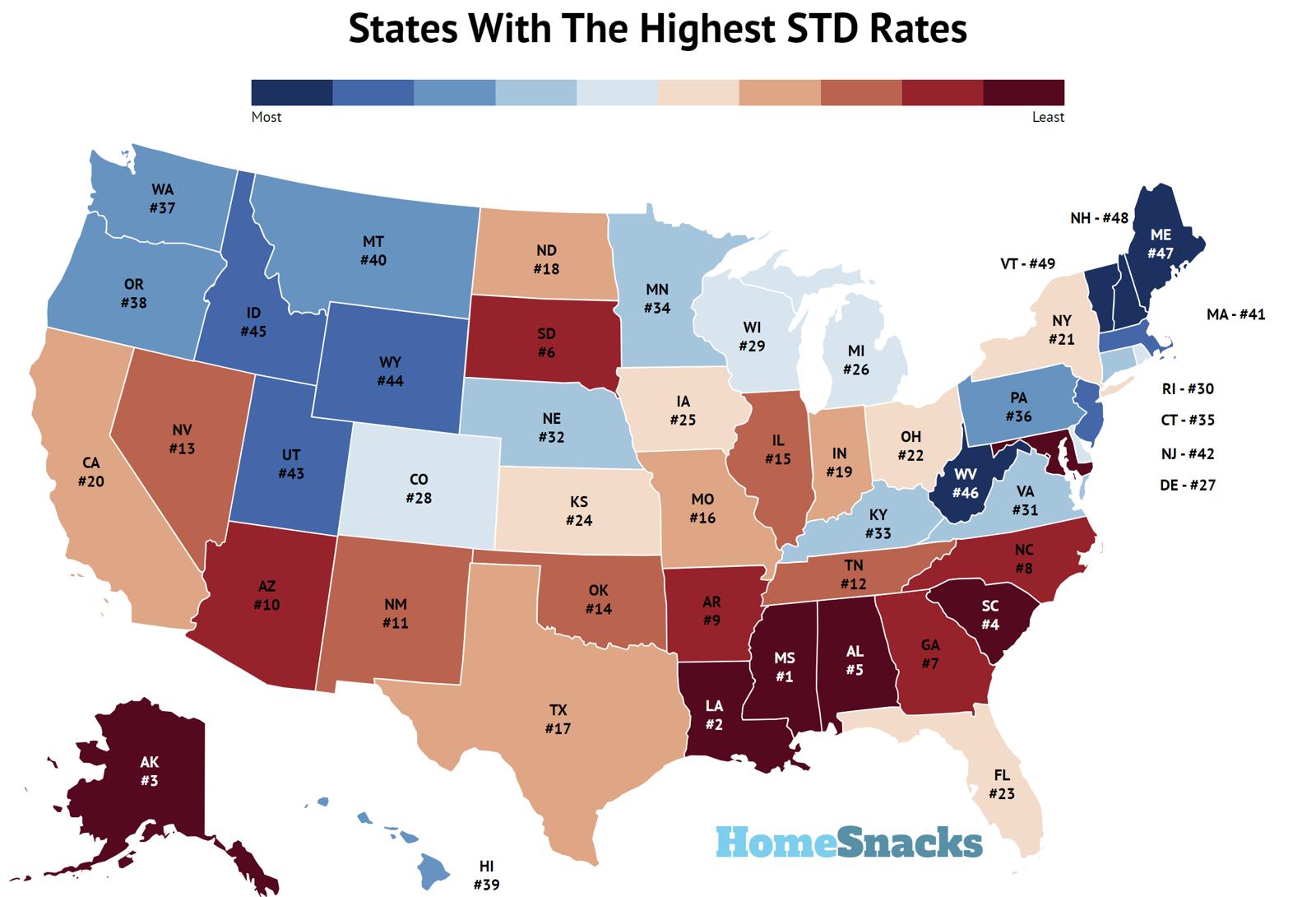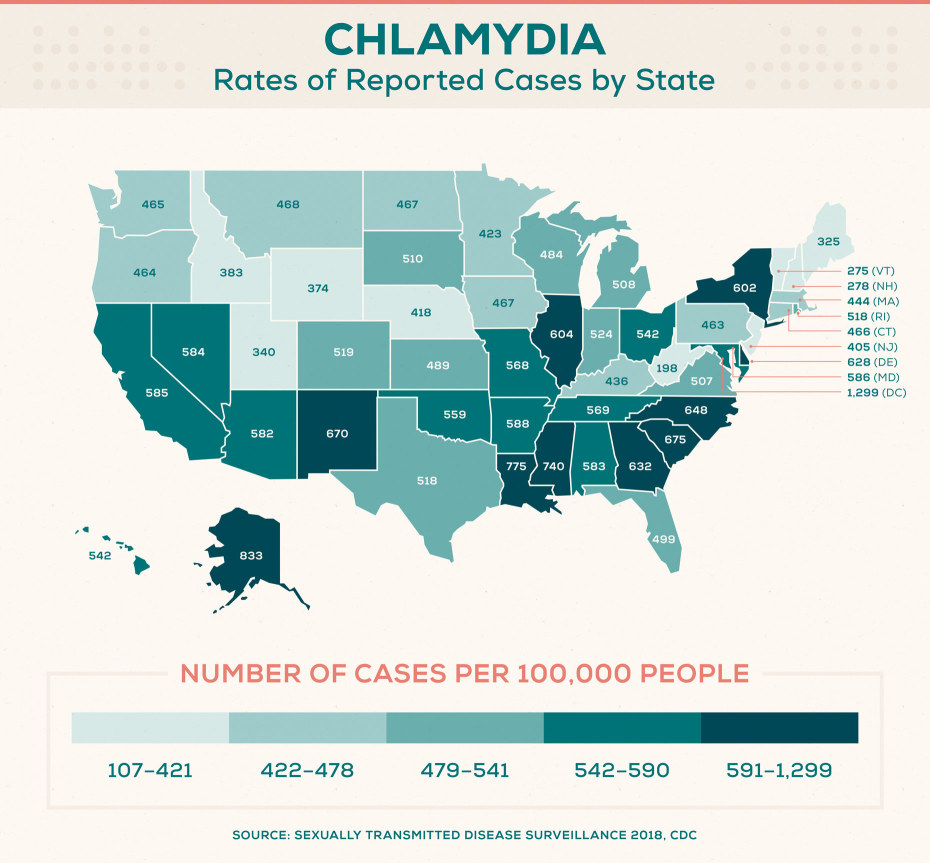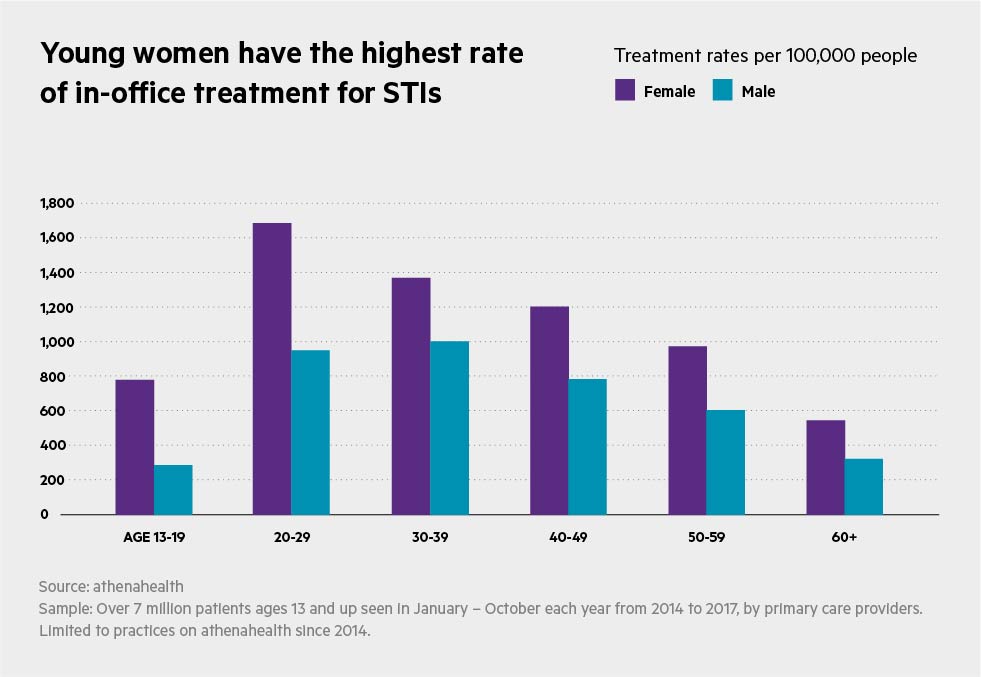The growing concern of std rates in nursing homes. In an annual report, the centers for disease control (cdc) noted that several sexually transmitted diseases (stds) plague elderly americans, including chlamydia, gonorrhea, and syphilis, at historically high rates. Historically, discussions surrounding sexually transmitted diseases have primarily focused on younger populations.however, recent studies have revealed that std rates among the elderly, particularly those in nursing homes, are alarmingly high.
These U.S. Cities Have the Highest STD Rates [2024]
Three reasons why stds are on the rise in nursing homes.
Research by aarp over the past five years has revealed that roughly 80 percent of all americans between 50 and 90 are sexually active.
And these numbers hold equally true in nursing homes and assisted living facilities. Florida ranks among the top five states in the country for sexually transmitted diseases among older adults. The prevalence of stds in nursing homes. Research indicates that stds are not as uncommon in nursing homes as one might think.
Here are some statistics and insights: A study found that up to 25% of elderly residents in nursing homes have reported having an std. Gonorrhea and chlamydia are among the most frequently diagnosed stds in this Again, washington d.c., new york, and maryland have the highest rates of hiv in population older than 55 per 100,000 at 3200.6, 856.9, and 623.2 respectively, while wyoming, south dakota, montana
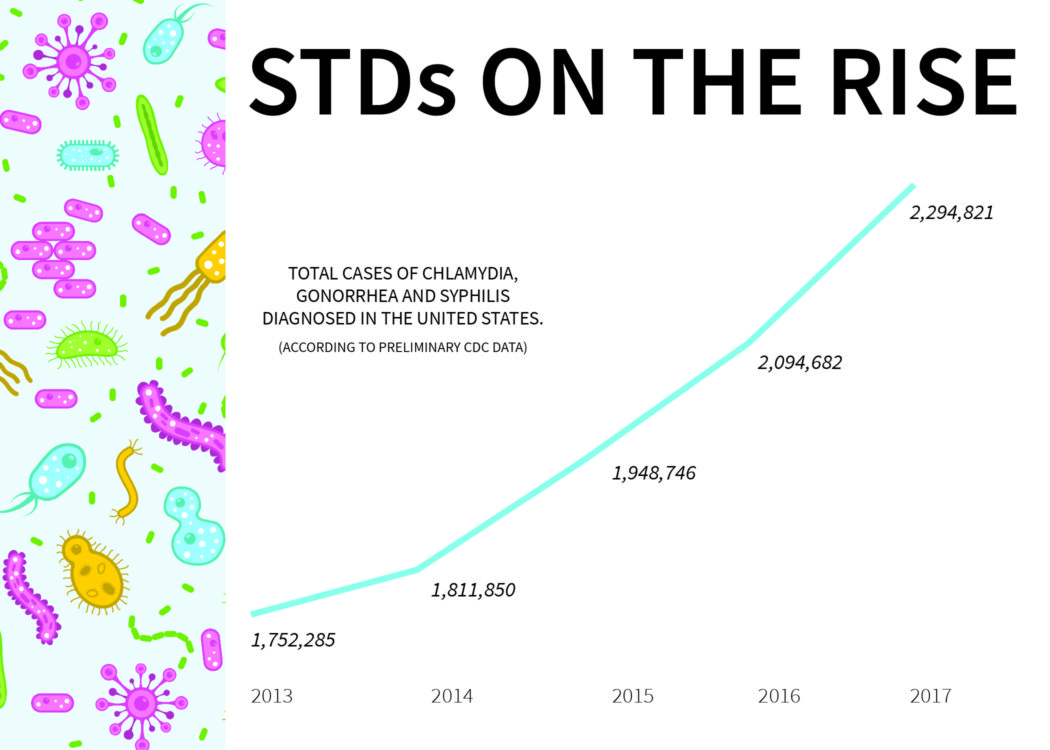
Over 1.5 million people live in 16,000 nursing homes in the usa and experience an average of 2 million infections a year.
Infections have been associated with high rates of morbidity and mortality, rehospitalization, extended hospital stay and It is a problem because senior men over 60 who use e.d. Drugs for sexual activity with postmenopausal women can have unprotected sex, leading to a higher rate of getting infected with stds. Do seniors have high std rates?
Seniors living in nursing homes have a high chance of getting stds, mainly because they have a weakening immune system. Residents in nursing homes allows for broader insight into why stds continue to increase among older adults. Directors of nursing were the target population as they are the most likely employee to hold Growing numbers of cases involving stds plague nursing homes and assisted living communities, for a variety of reasons.

In an article by derrick y.
Eldercare 101, std transmission among the elderly is, unfortunately, a common and growing problem. Rates of bacterial sexually transmitted diseases — gonorrhea, syphilis and chlamydia — among people 55 and older have slightly trended upwards in these counties since 2006, the year the myth Sexually transmitted infections (stis) have been on the rise across the country. Young adults and teens are most at risk for stis, but infections among adults age 65 and older more than doubled between 2007 and 2017.
Rates are highest in the under 25 age group, which accounts for about 50 percent of stis. Reasons why std rates in nursing homes are on the rise. Why have rates of sexually transmitted diseases among seniors and baby boomers consistently increased? According to data from the centers for disease control and prevention, std rates for populations aged 55 and over are rising sharply, with no signs of slowing.
![These U.S. Cities Have the Highest STD Rates [2024]](https://innerbody.imgix.net/MapImage3.jpg)
The rates of primary and secondary syphilis have increased from 91 cases in 2007 to 349 cases in 2017, the rates for chlamydia have increased from 809 cases in 2007 to 2178 in 2017, and the rates for gonorrhea have increased from 707 cases in 2007 to 2063 cases in 2017.
The prevalence of stds in nursing homes. Research indicates that stds are not as uncommon in nursing homes as one might think. Here are some statistics and insights: A study found that up to 25% of elderly residents in nursing homes have reported having an std.
Gonorrhea and chlamydia are among the most frequently diagnosed stds in this Sexually transmitted disease (std) diagnoses in the united states rose by 23.8% between 2020 and 2023 in people over the age of 65 — the largest percentage increase among the cohorts analyzed. Learn about seniors' sexual health and the prevalence of stds in retirement homes throughout the united states, and how to educate older adults about stds and what they can do to prevent and treat the. Stds rising significantly among adults age 55 and older — and nursing homes may be a source.
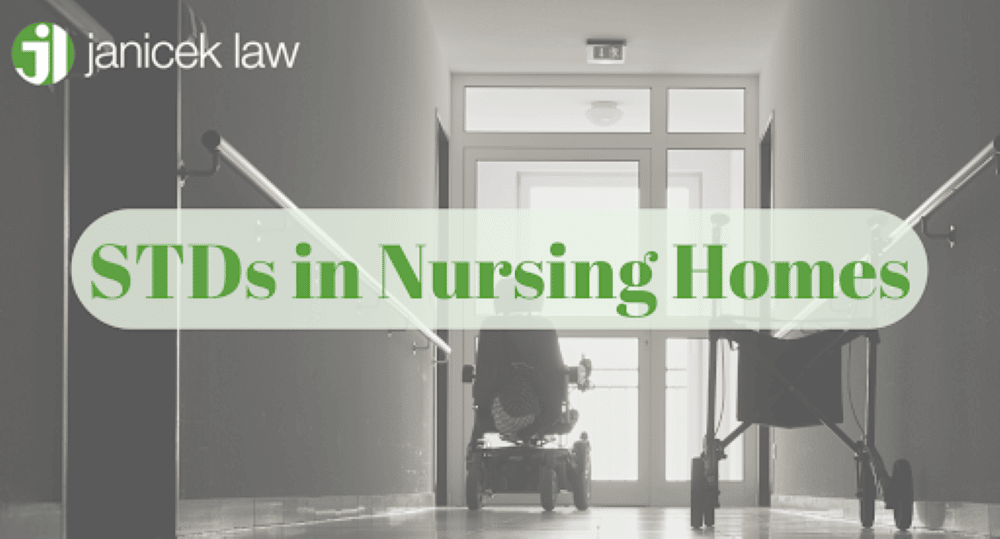
Rates of syphilis, gonorrhea and chlamydia saw a significant rise among the age group in the past
Elder abuse is more common than many people think, especially in retirement communities and nursing homes. The world health organization published a report in june 2022 claiming that 1 in 6 adults aged 60 or older and living in a community setting experienced some kind of abuse during the previous year. Are stds in nursing homes a sign of neglect and abuse? San antonio nursing home abuse lawyers explain.
1100 ne loop 410, suite 600 | san antonio, tx; Std rates among older adults have increased over the past few years. Do nursing homes have high std rates? In recent years, the topic of sexually transmitted diseases (stds) in nursing homes has gained attention due to alarmin.
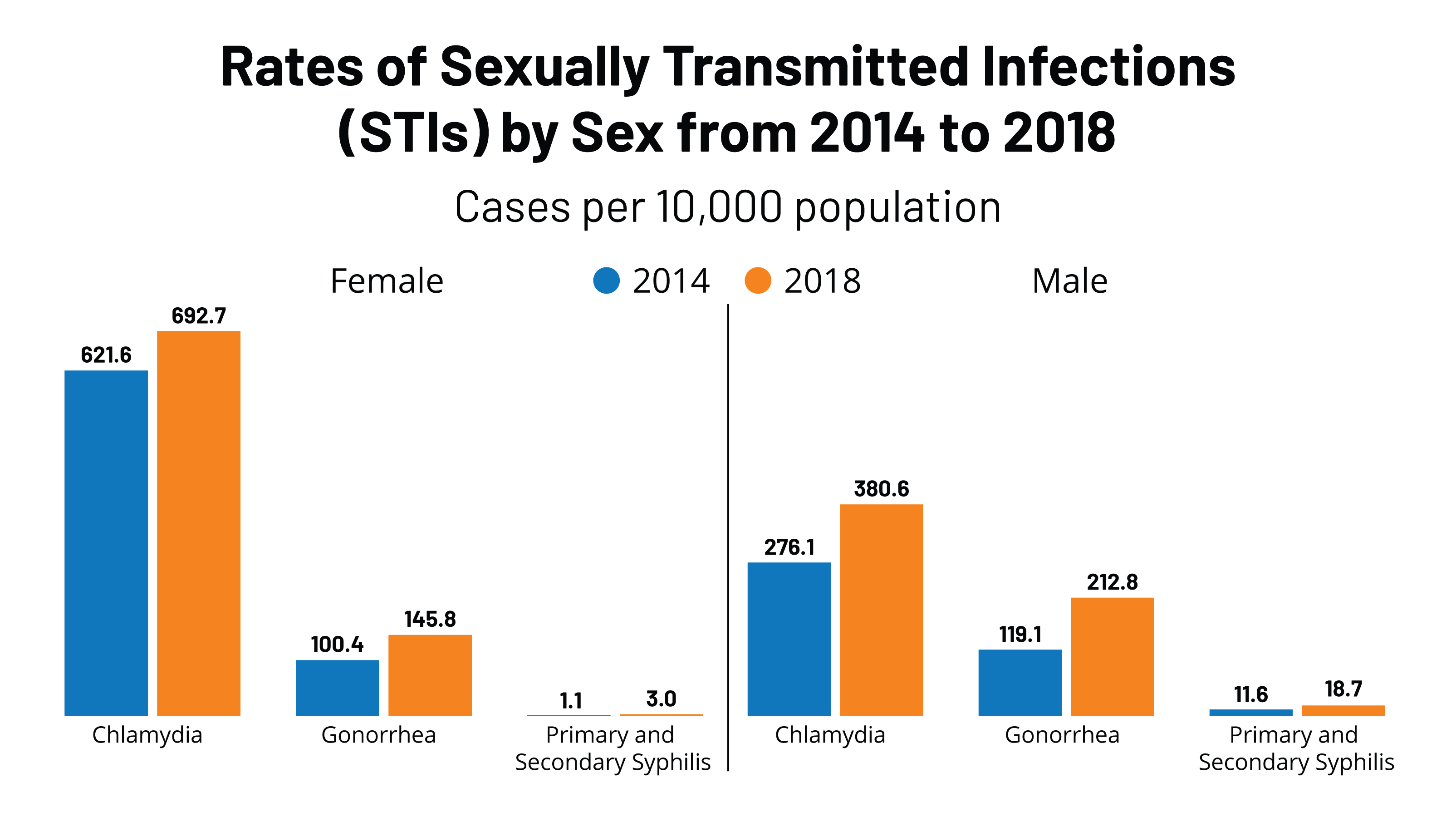
Are older adults still sexually active?
People are living longer than ever before, but the sexual activity of seniors is rarely studied. An exception is a study of sexuality and health among older adults in the united states, which was published in the new england journal of medicine in 2007.researchers asked 3,005 adults (1,550 women and 1,455 men) aged between 57 and 85 if they still engaged Std rates in senior citizens have been climbing across the country for the past seven years.
